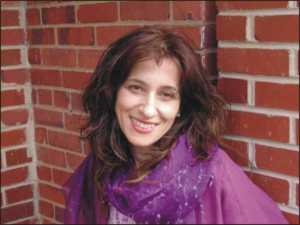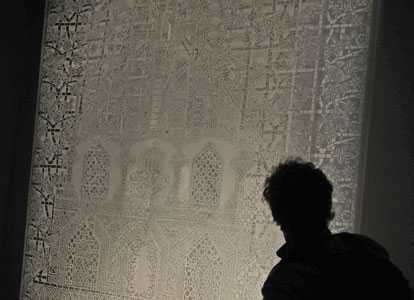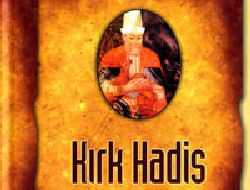By Sameer Rahim

Visitors to Istanbul usually stay close to the old town, where Byzantine relics vie with Ottoman splendour. They walk in the footsteps of European travel writers from Nerval to Flaubert, who were attracted by its oriental aspects: caliphs, harems and dervishes. As Orhan Pamuk writes in his enchanting memoir Istanbul, Eastern strangeness exerts a powerful pull – even on those from the city.
But any visitor who crosses the Golden Horn will find a teeming metropolis of 10 million. There you will find stories that have as little to do with the Blue Mosque as most modern Londoners have with St Paul’s.
Part of the difficulty we have in reading Turkish writers is that Turks themselves have not been able to read them either. After the founding of the republic in 1923, the language was reformed to be written in Latin rather than Arabic script – at a stroke cutting the people off from their literary heritage.
While I was in Istanbul last week, I spoke to the critic Murat Belge. “After the end of the empire,” he told me, “the republic turned inward.” Greeks and Armenians, who in 1900 made up half the population of Istanbul, left a country that became more narrowly nationalistic.
In later years, especially after the military coup of 1980, censorship and a crackdown on “Marxist” or “obscene” literature made life difficult for publishers. I spoke to Müge Gürsoy Sökmen, co-founder of Metis Books, who was active in radical circles at the time. “It was a very difficult time,” she said. “50,000 people were put in prison.” Translating the wrong type of book into Turkish could land you in jail.
Sökmen has also defended Elif Shafak’s The Bastard of Istanbul in court. Shafak won the case but the cost of such cases can be crippling.
Another publisher, Can Öz, spoke to me about bringing out Paul Auster’s Winter Journal last year. Auster had told Hürriyet newspaper that he didn’t want to visit Turkey “because of imprisoned journalists and writers”.
His comments brought an extraordinary response from the prime minister, Recep Tayyip Erdogan. He told a party meeting that Auster was “an ignorant man”, adding: “If you come, so what? If you don’t come, so what? Will Turkey lose prestige?”
Despite his opposition, Winter Journal sold 20,000 copies on its release in Turkey. Öz also told me about a project that would have been unthinkable a few years ago: a biography of Kurdish separatist leader Abdullah Öcalan.
It’s easy, however, to get caught up in skirmishes over freedom of speech. In reality, Turkish literature has never been more free.
The country is the focus nation at this month’s London Book Fair. Among the 20 writers the British Council is bringing over to London is the crime writer Ahmet Ümit, whose most recent novel in English, A Memento for Istanbul, is a thriller set in the days of the Byzantine Empire. One, I suspect, for fans of Pamuk’s My Name is Red, a medieval murder mystery set in Ottoman-era Istanbul.
Another name that might be unfamiliar to British readers is Müge Iplikçi. An experienced author of novels for both adults and children, Iplikçi’s Mount Kaf will be published in English this autumn. The novel takes the reader on a dark journey into the CIA rendition programme as well as taking in the devastating earthquake of 1999.
The Turkish inwardness Belge complained about is now a thing of the past. Nearly 35 per cent of books bought in Turkey are translated from foreign languages. We could learn from their example.
* The Market Focus Cultural Programme at The London Book Fair is curated by the British Council. Visit www.literature.britishcouncil.org
via Turkish literature to look out for – Telegraph.


